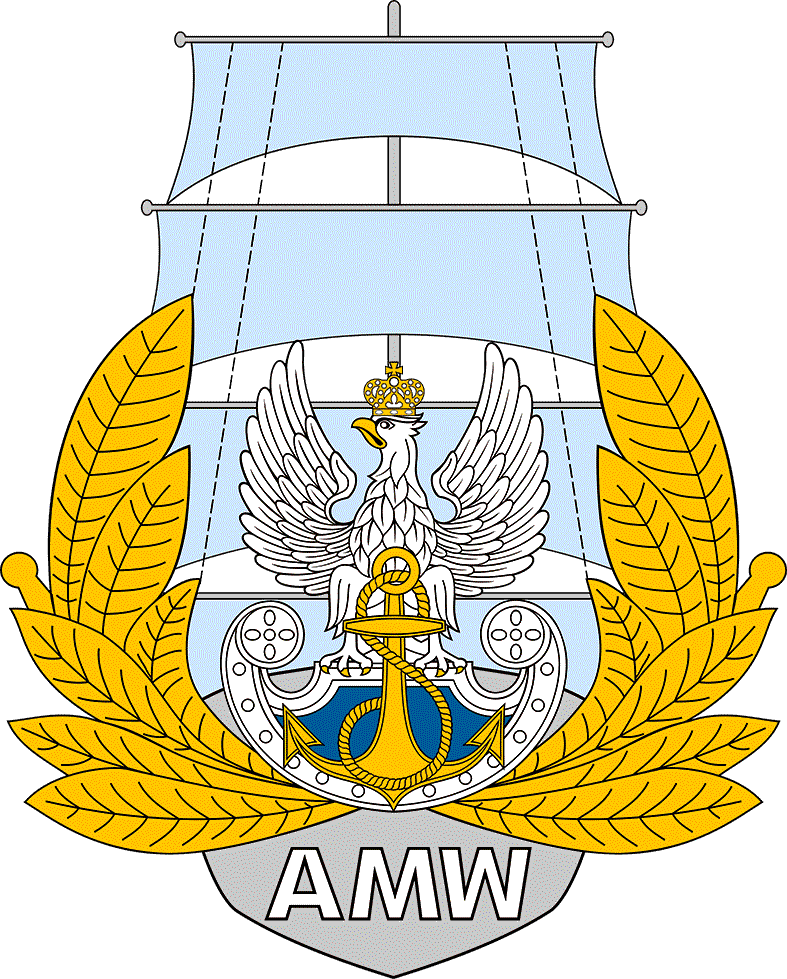THE GUIDELINES OF THE BOLOGNA PROCESS AS SEEN BY THE STUDENTS OF POMERANIAN UNIVERSITIES
Keywords:
pedagogy, Bologna Process, the reform of higher education, Bologna Process guidelinesAbstract
For more than ten years, the European direction of higher education transformation is outlined by the Bologna Process. The main purpose of the research was to find out about students’ opinions concerning fulfilling of the Process’ guidelines. In order to carry out the research, an auditorium questionnaire method was chosen.
Thanks to the given research sample, it was possible to have a representative group of students varying in terms of universities (Polish Naval Academy (AMW), Medical University of Gdańsk (GUMED)), specificity of studies (full-time, extramural), degree (BA, MA), department (nursing, midwifery, national security, internal domestic security, pedagogy). A total number of respondents was 598. An obtained research material constitutes a source of information helping to asset students’ readiness and openness towards the proposed system transformations.
Among the following instruments of the Bologna Process: a multi-staged studies’ mode, ECTS points, a diploma supplement, students’ mobility and the activity of Accreditation Commission, the positive opinions concerned students’ mobility, the activity of Accreditation Commission and multi-staged studies’ mode mostly.
According to the statistics, the Polish Naval Academy students formulate opinions that multi-staged studies prolong the process of education and are the source of extra responsibilities (connected with BA writing and defense). GUMED’s students are positive about ECTS points and diploma supplements. Looking at the statistics, women are visibly more positive about students’ mobility and exchange as they allow to get to know and understand different cultures, whereas men put on emphasis on an unclear criteria of giving ECTS points.
The obtained research material was analyzed using a statistics package SPSS 20 and a Microsoft Excel 2010 spread sheet.
Downloads
Published
Issue
Section
License

This work is licensed under a Creative Commons Attribution-NonCommercial-NoDerivatives 4.0 International License.






